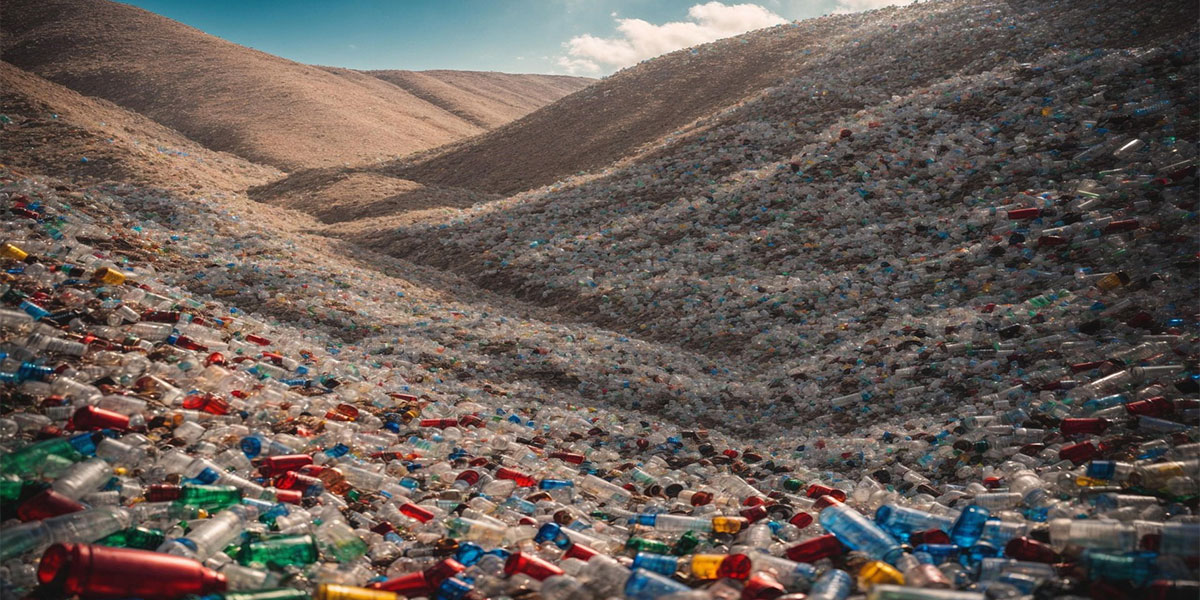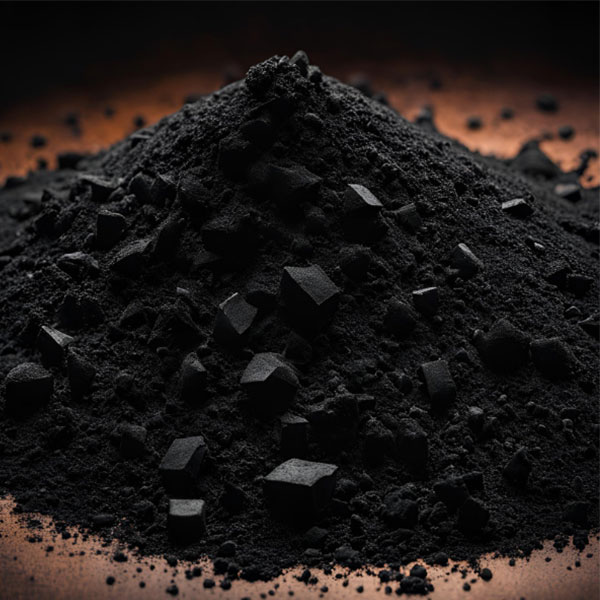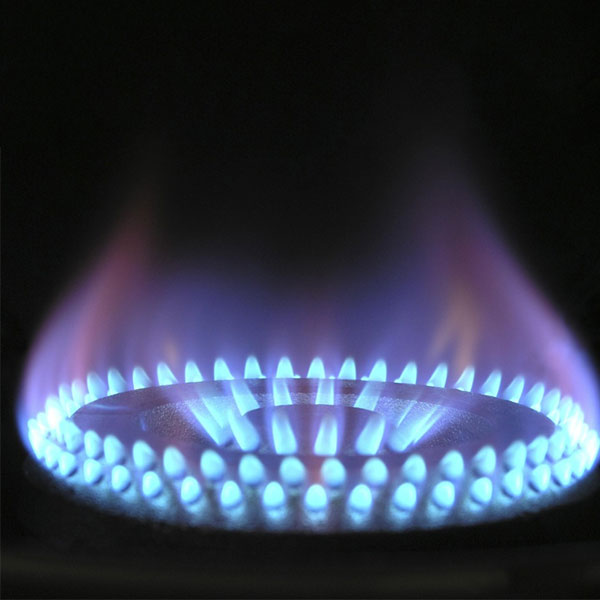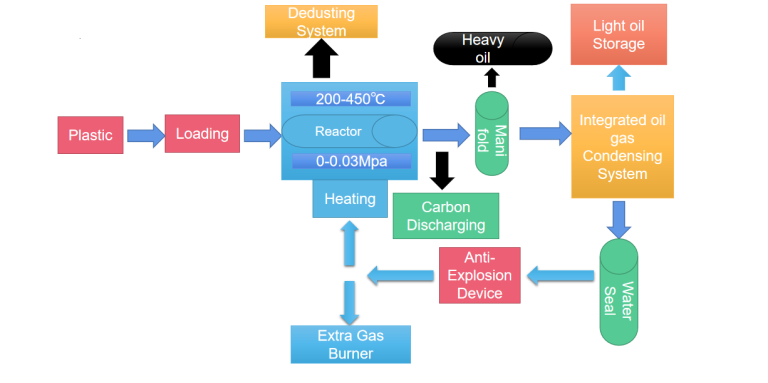Pyrolysis waste to energy plays a greater role in the solid waste management and renewable energy sectors. Pyrolysis plants are able to convert organic waste into usable energy – pyrolysis oil, carbon black and syngas.
Pyrolysis Waste To Energy

Pyrolysis Of Solid Waste
Humans generate a lot of garbage in their daily lives, causing serious environmental problems. However, garbage contains a lot of carbon-based materials, making it a very useful resource. Pyrolysis of solid waste is a simple way to utilize waste resources. This fuel can partially replace gasoline and diesel fuels, avoiding the accumulation of these waste materials.

New Energy
The growing energy demand and the depletion of traditional fossil energy sources have attracted great attention. The use of renewable energy sources (solar, wind, and hydropower) is a solution. Another strategy is to use urban carbon-containing waste, such as plastic waste. It comes from fossil fuels and has a calorific value comparable to that of hydrocarbon fuels. Therefore, energy recovery is a necessary step in the treatment of organic waste.
Pyrolysis Oil

Pyrolysis oil is a liquid fuel. It can be used as fuel oil or further refined into gasoline, diesel, or used as a chemical raw material.
The proportion of solid waste pyrolysis oil is usually in the following range:
- Light oil: 30% to 70% of the total liquid product.
- Heavy oil: 20% to 40% of the total liquid product.
- Aqueous phase oil: 5% to 10% of the total liquid product.
Carbon Black

Carbon black is a black powder composed of carbon element, which is mainly produced by pyrolysis of hydrocarbons at high temperature.
Carbon black is the most important reinforcing filler in rubber products. It is mainly used to improve the strength, wear resistance and durability of rubber.
Carbon black is primarily used in plastics as a colorant, UV stabilizer and conductive filler.
Syngas

Syngas is mainly composed of hydrogen, methane, carbon monoxide, carbon dioxide and small molecule hydrocarbons.
Pyrolysis gas can be used for power generation, heat supply or as a raw material for chemical synthesis, such as the production of hydrogen and synthesis gas.
The syngas needs to undergo relevant technical treatments: desulfurization, water removal, impurity removal and separation of light hydrocarbons.
Application of Solid Waste Pyrolysis
Energy Production
- Liquid fuel: Pyrolysis of plastics and rubber can produce pyrolysis oil. Pyrolysis oil can be used as boiler fuel and engine fuel. It can also be further refined into liquid fuels such as diesel and gasoline.
- Solid fuel: The carbon black solid products produced during pyrolysis can be used as solid fuel. These solid fuels have a high calorific value and can be used for heating industrial furnaces. They are further processed to make products with high added value, such as activated carbon.
- Gas: The synthetic gas product produced by pyrolysis plant can be used as fuel gas. It is recycled for use in cracking equipment.
Resource Recycling
1. Chemical raw material recycling: Valuable chemical raw materials can be recycled during the pyrolysis of solid waste. For example, PET plastic pyrolysis can produce terephthalic acid and ethylene glycol. These raw materials can be reused in plastic production, realizing the recycling of resources and reducing the demand for new raw materials.
2. Metal recycling: During the tire pyrolysis process, organic matter is decomposed, and steel wire is recycled through subsequent separation.
Environmental Protection
1. Reduce the amount of landfill: Solid waste pyrolysis technology can convert a large amount of solid waste into valuable products. The application of pyrolysis technology can effectively alleviate the environmental pressure caused by landfill. Landfilling garbage not only occupies a large amount of land resources, but also may produce environmental problems such as leachate and greenhouse gases.
2. Reduce greenhouse gas emissions: Compared with incineration, the pyrolysis process is carried out under oxygen-free or anoxic conditions, which reduces direct carbon dioxide emissions. At the same time, the combustible gas produced by pyrolysis replaces fossil fuels, which can further reduce greenhouse gas emissions.
Waste Pyrolysis Technology
Solid waste pyrolysis is an extremely complex chemical reaction process. It includes reaction processes, such as bond breaking, isomerization of macromolecules and polymerization of small molecules:
Organic waste → gas (H2, CxHy, CO, CO2, H2O, SO2, etc.) + organic liquid (tar, aromatics, kerosene, organic acid, alcohol, aldehydes, etc.) + carbon black, ash.

Pyrolysis Process Of Solid Waste
- Drying stage: In the initial stage, the water in the waste is evaporated. The removal of water usually occurs at a temperature below 100°C.
- Volatile release: When the temperature reaches about 200°C-300°C, volatile organic matter (such as light oil and gas) in the solid waste begins to release, forming steam and gas products. A small amount of coke is also released at this stage.
- Pyrolysis stage: In the temperature range of 300°C-800°C, the high molecular organic matter in the waste decomposes to generate synthesis gas and pyrolysis oil. This stage is the main pyrolysis reaction stage.
Chemical Reaction Mechanism
- Chain reaction: During the pyrolysis process of solid waste, some molecules will produce free radicals. These free radicals will promote the occurrence of subsequent reactions and form more small molecules.
- Recombination reaction: During the pyrolysis process, some small molecules may recombine to form new compounds, affecting the distribution of the final product.
- Side reactions: At high temperatures, some side reactions may occur, such as the formation of coke, gas recombination or polymerization.
CONTACT US
Please Feel free to give your inquiry in the form below, and we will reply you in 24 hours.

